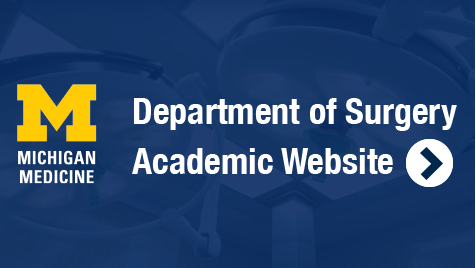With decades of leadership at the forefront of life support and artificial organ research and technology development, the Extracorporeal Life Support (ECLS) Laboratory, led by Alvaro Rojas-Pena, M.D., works to save patients suffering from acute cardiac, respiratory and other organ failure and improve quality of life. Research efforts in our laboratory build upon extracorporeal life support (ECLS) technology, including extracorporeal membrane oxygenation, or ECMO, developed nearly 50 years ago by Professor Emeritus Robert H. Bartlett, M.D. Dr. Bartlett continues to direct the ECLS laboratory as it investigates new patient populations and clinical applications.
Work on ECLS has been funded by the National Institutes of Health continuously since 1971. Today, laboratory funding from all sources amounts to approximately $3.5 million per year. Funds support a wide range of high-impact and innovative research initiatives – initiatives that are changing how we think about life support and organ transplantation and how we care for our patients in greatest peril. Examples of ECLS research projects include development of an implantable artificial lung, an artificial placenta for extremely premature infants, ECMO with local anticoagulation, and systems to resuscitate, maintain and heal donor organs to expand the supply available for transplantation. With 14 principal investigators and extensive collaborations throughout the U-M Medical School, Department of Chemistry, and College of Engineering, the ECLS Research Laboratory also provides extraordinary research opportunities for undergraduates, recent graduates, medical students and medical resident research fellows.


